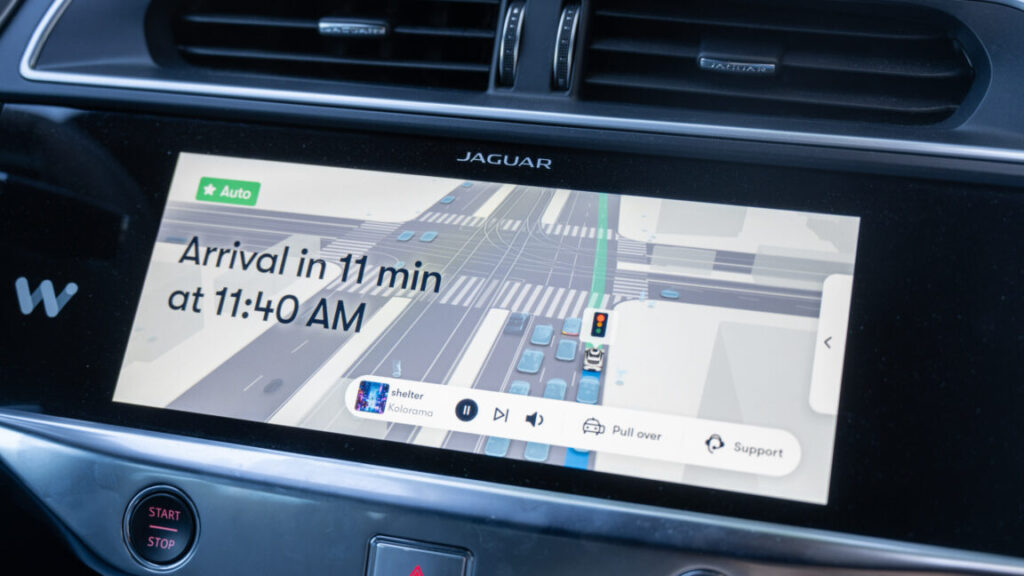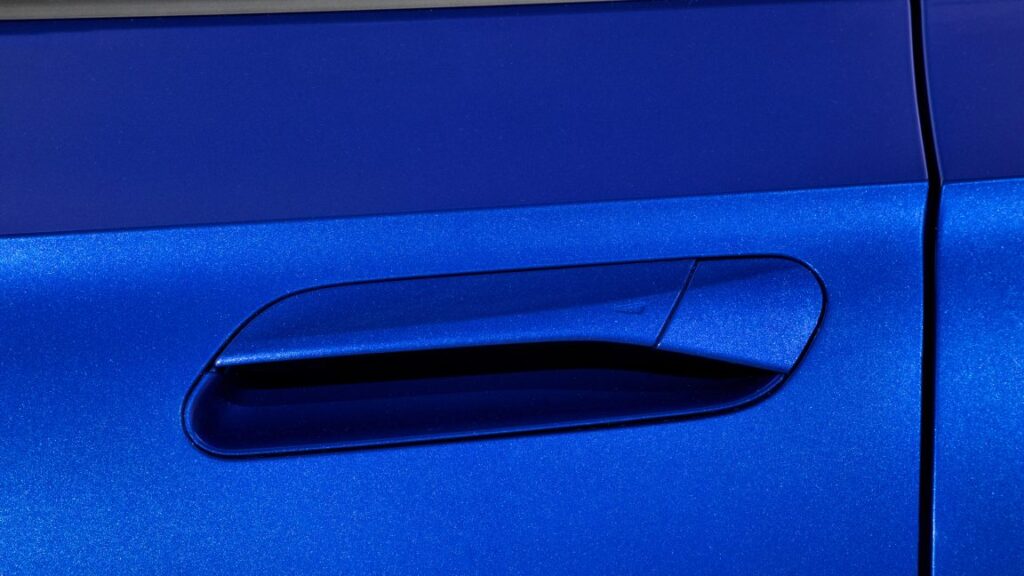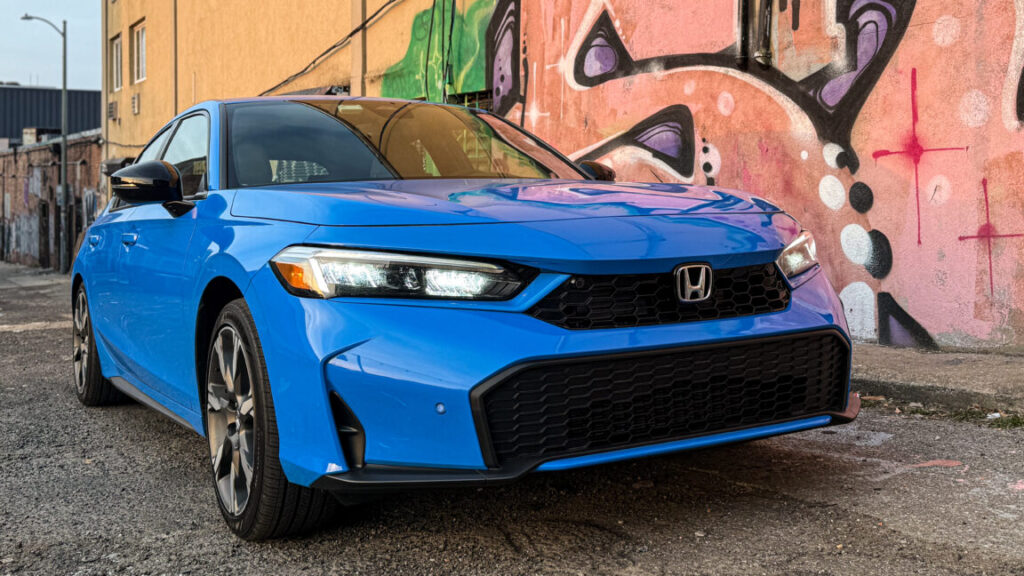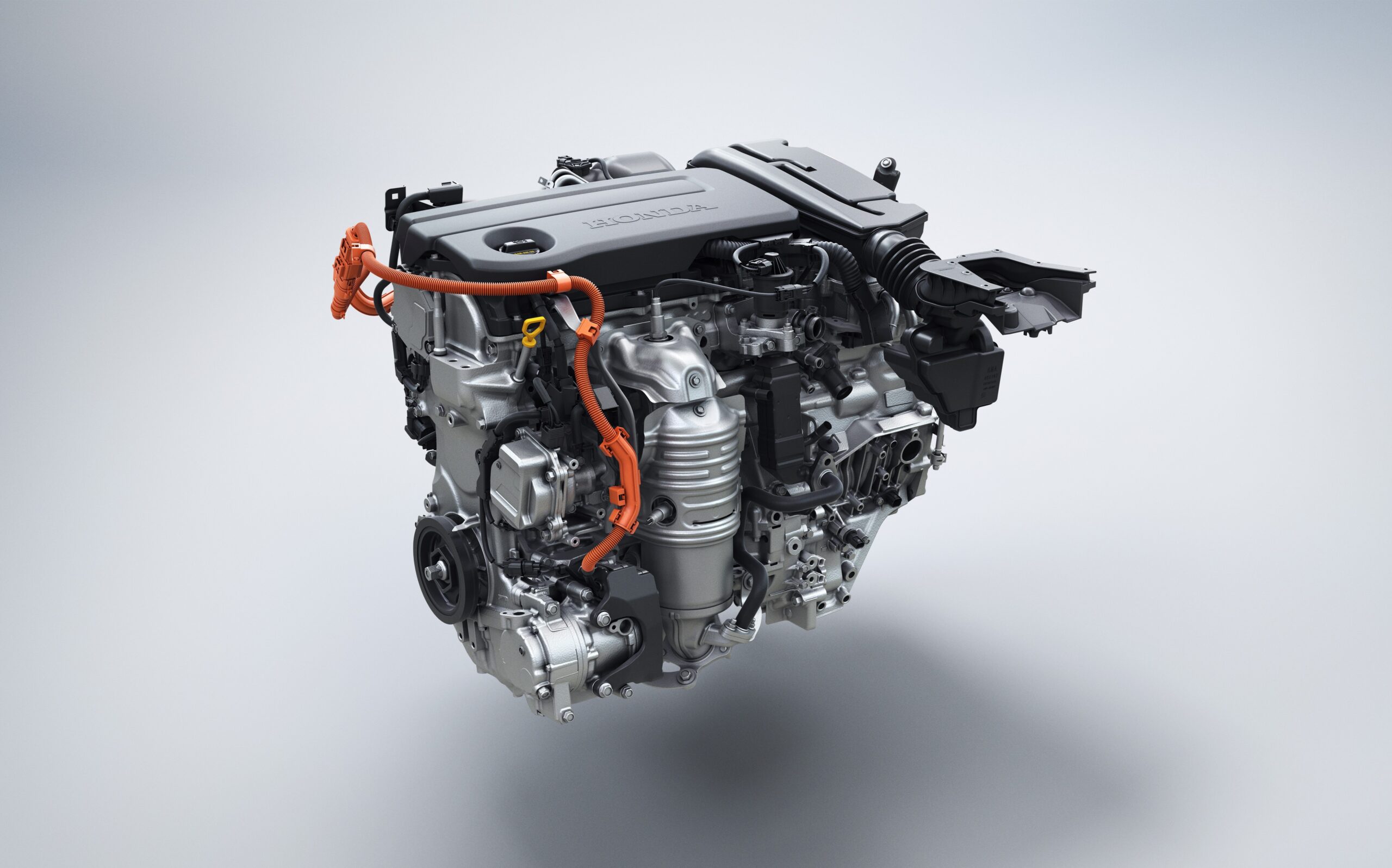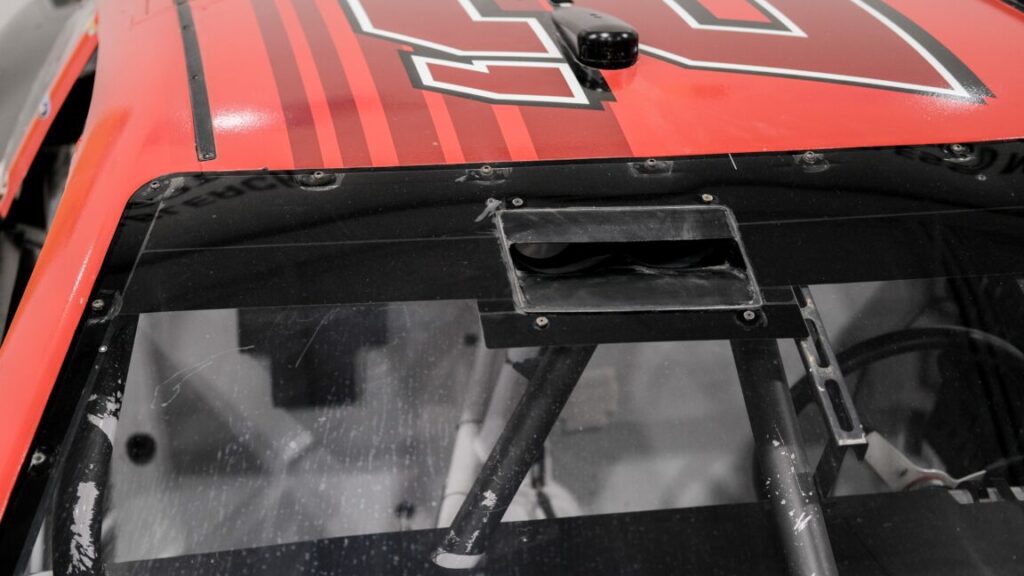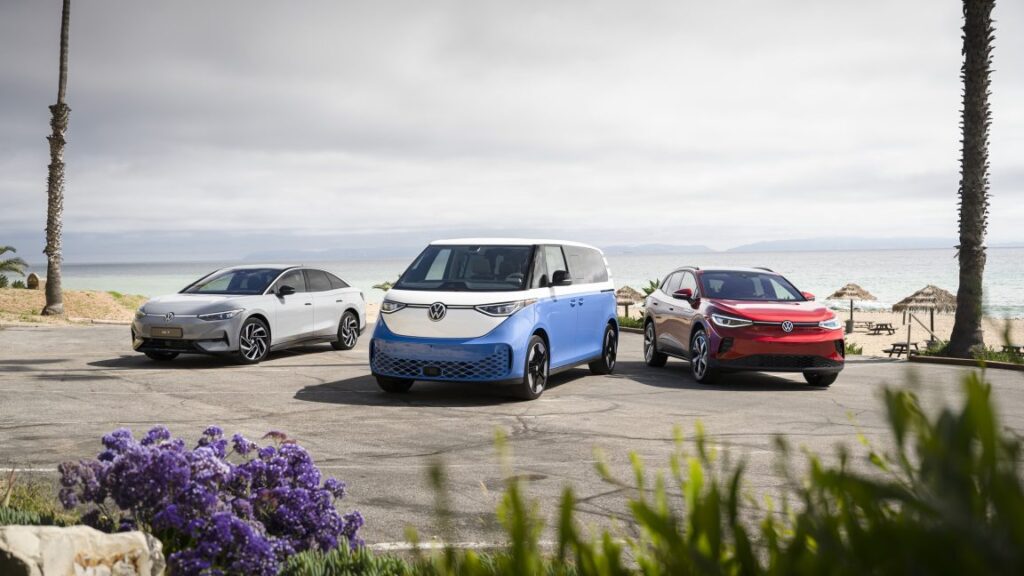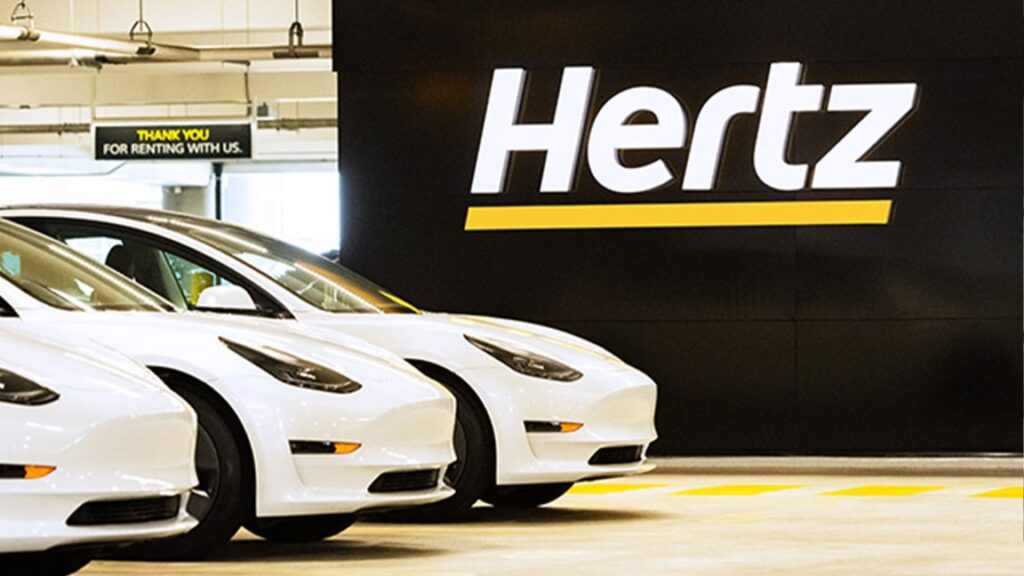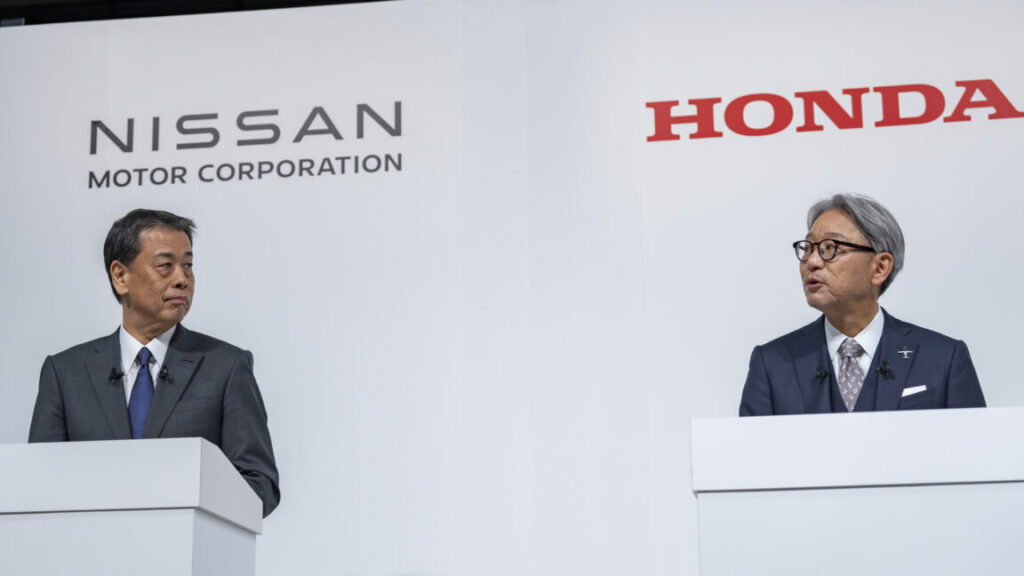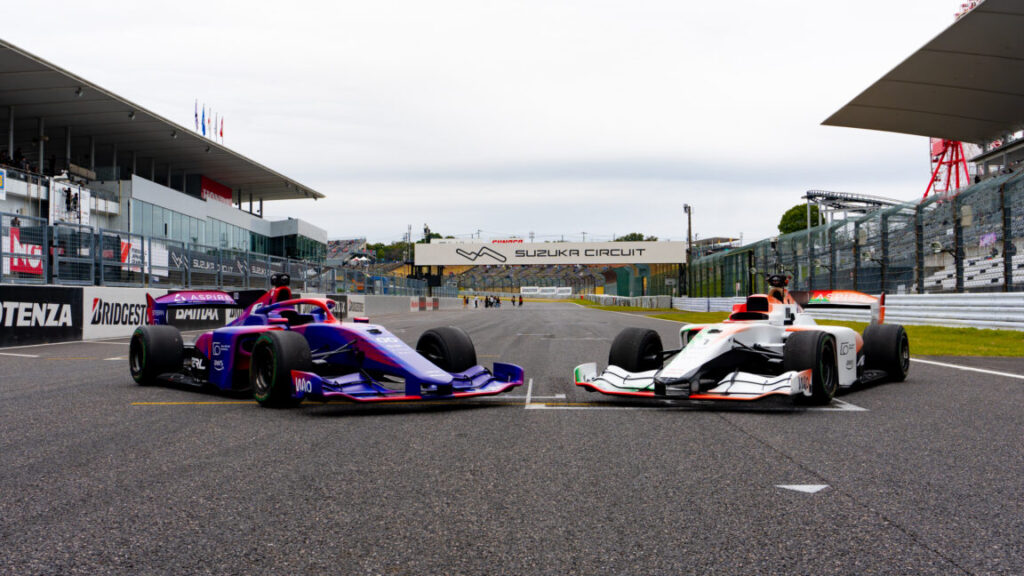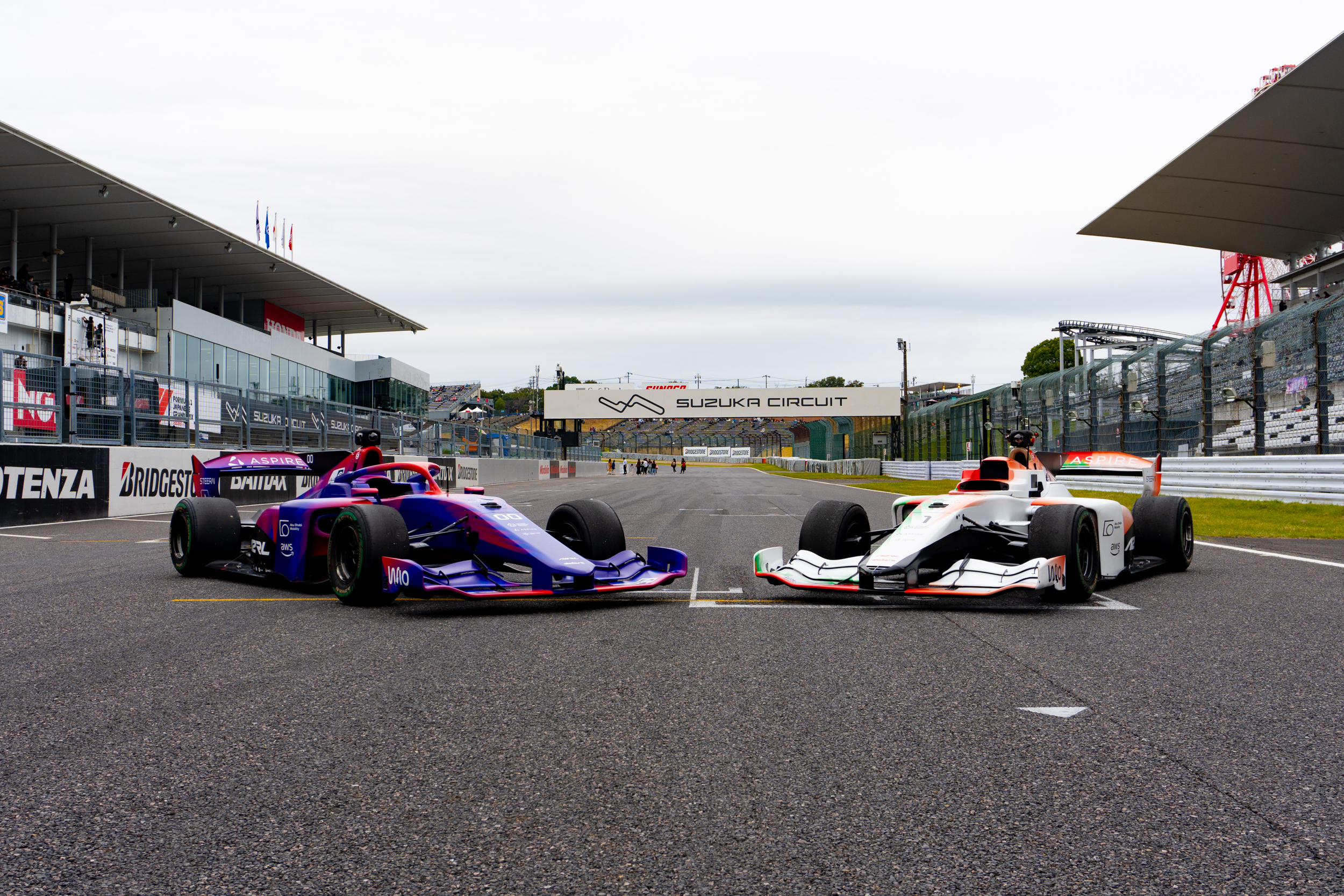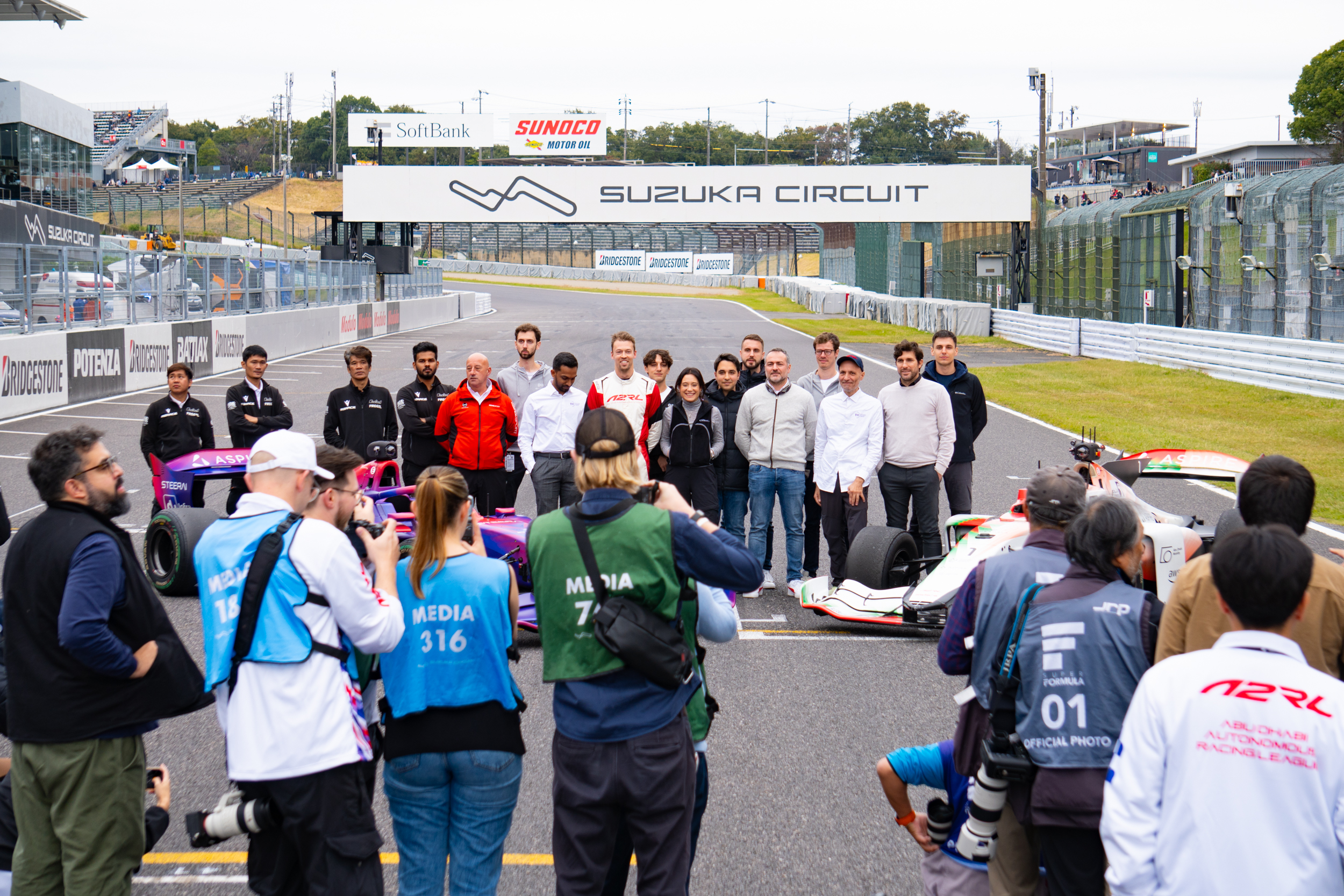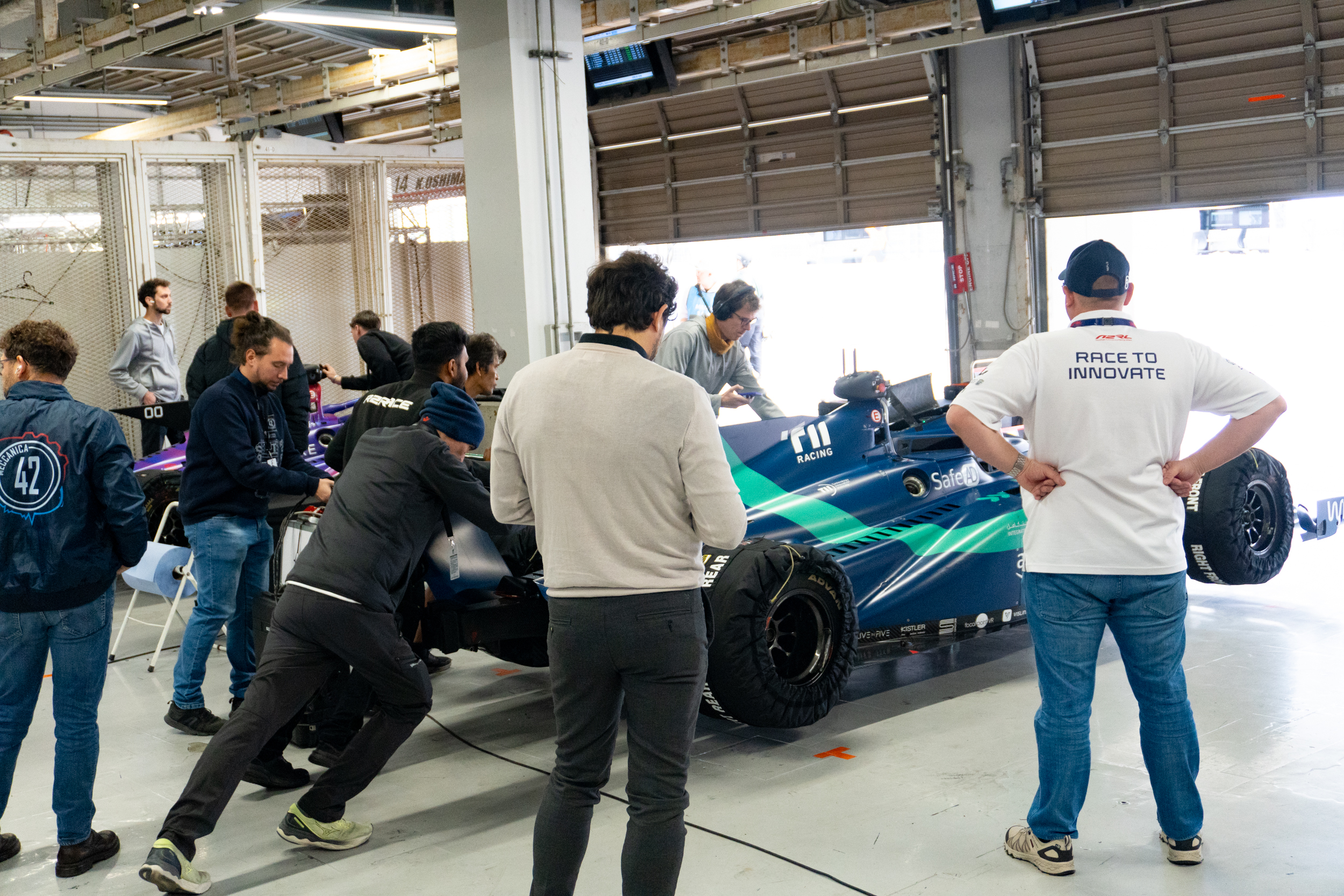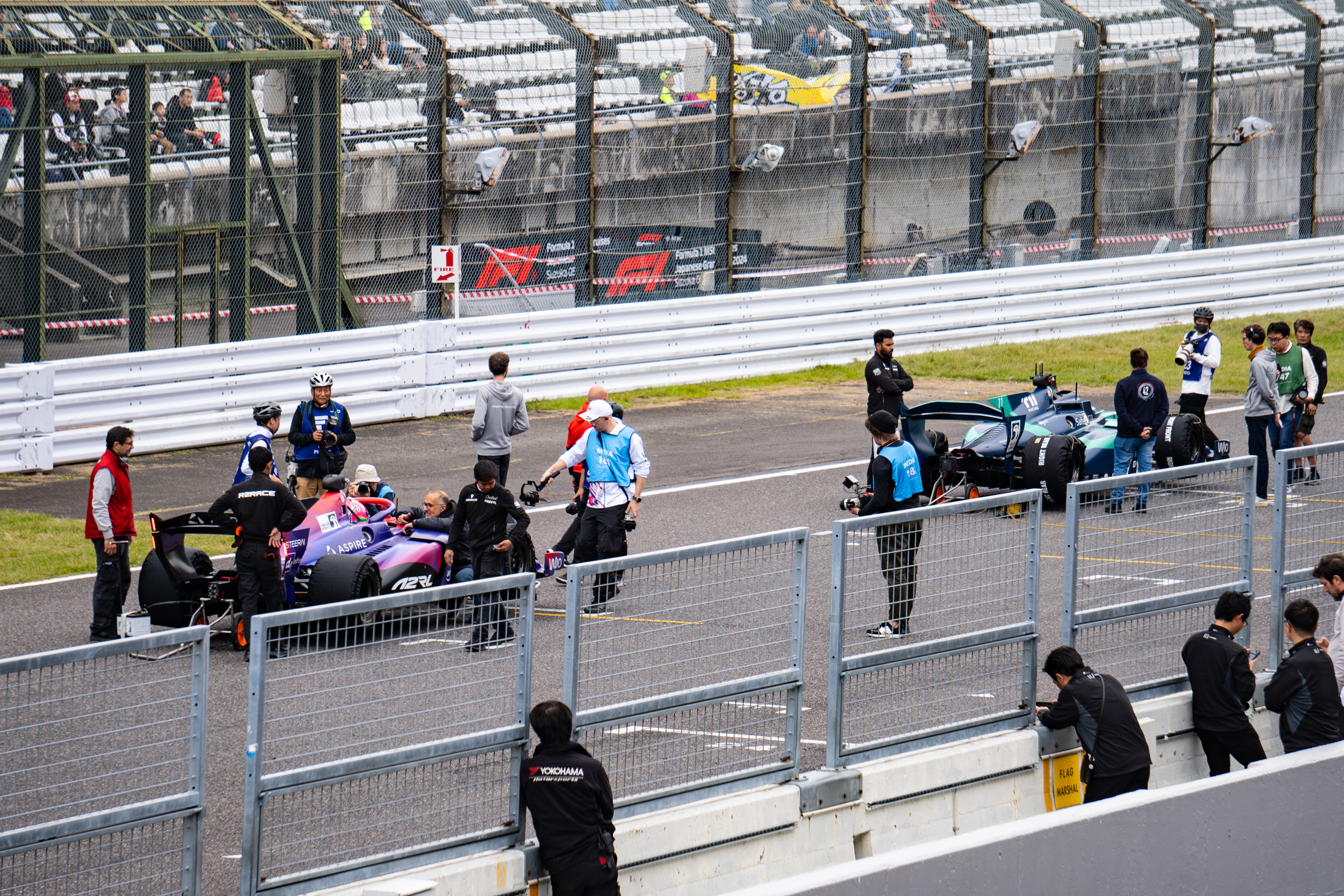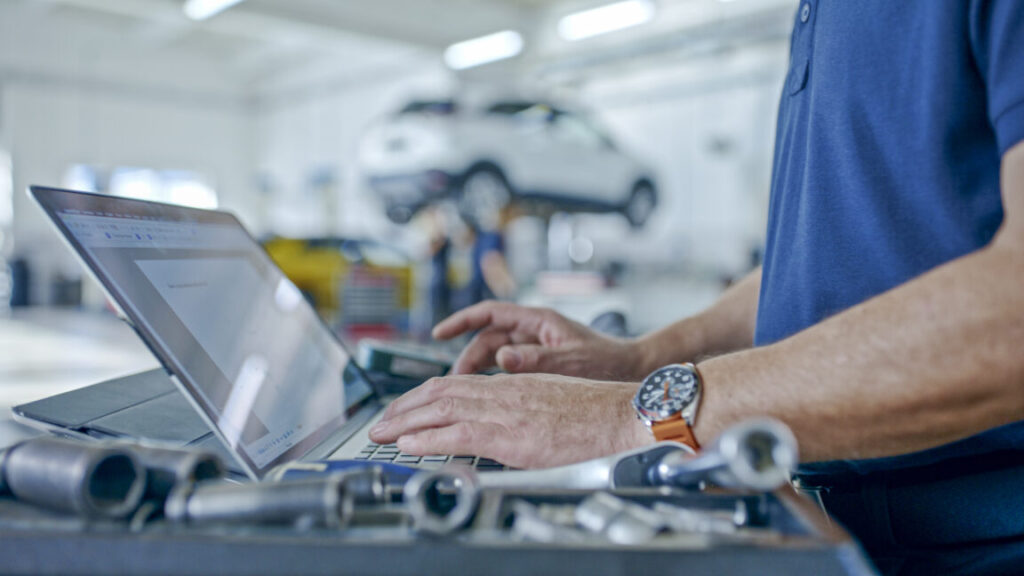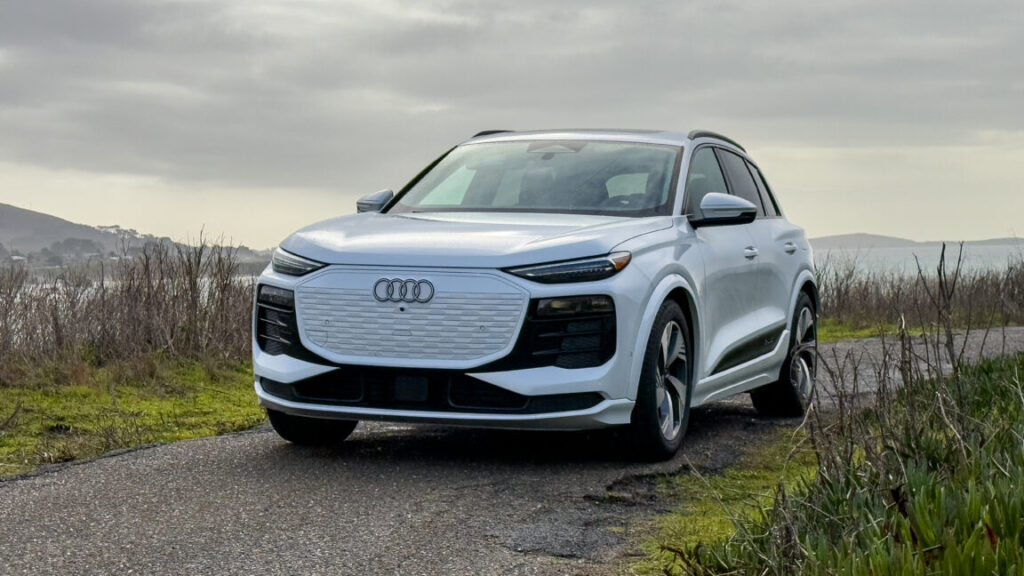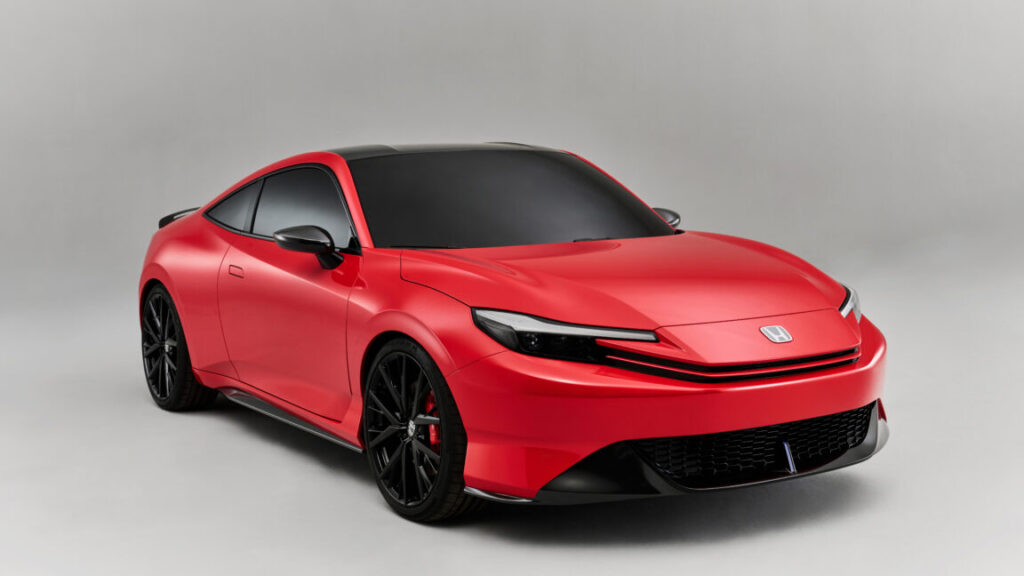Only 5 percent of US car buyers want an EV, according to survey
Only 5 percent of US consumers want their next vehicle to be a battery electric vehicle, according to a new survey by Deloitte. The consulting company gathered data from more than 31,000 people across 30 countries as part of its 2025 Global Automotive Consumer Study, and some of the results are rather interesting, as they pertain to technologies like new powertrains, connectivity, and artificial intelligence.
Among US consumers, internal combustion engines (ICE) remain number one, with 62 percent indicating that their next car will not be electrified. Another 1 in 5 would like a hybrid for their next vehicle, with a further 6 percent desiring a plug-in hybrid. (The remaining survey respondents either did not know or wanted some other powertrain option.)
By contrast, only 38 percent of Chinese consumers want to stick with ICE; meanwhile, 27 percent of them want a BEV next. That’s a far higher percentage than in other large nations—in Germany, only 14 percent want a BEV; in the UK and Canada, only 8 percent are BEV-bound; and in Japan, the number is a mere 3 percent.
Meanwhile, hybrids are far more attractive to consumers in most countries. While only 16 percent of Chinese and 12 percent of German consumers indicated this preference, 23 percent of Canadians, 24 percent of UK consumers, and 35 percent of Japanese consumers replied that they were looking for a hybrid for their next car.
Deloitte suspects that some of this reticence toward BEVs “could be due, in part, to lingering affordability concerns.” The hoped-for parity in the cost of a BEV powertrain and an ICE powertrain has still not arrived, and fully 45 percent of US consumers said they did not want to pay more than $34,999 for their next car (11 percent said less than $15,000, 9 percent said $15,000–$19,999, and the remaining 25 percent said $20,000–$34,999.)
Why the reticence?
Despite popular sentiment, there are actually quite a few electric vehicles available for much less than the average new vehicle price of $47,000. But other than the Nissan Leaf, all of them have prices starting with a “3.” (Meanwhile, 75 percent of car buyers in the US buy used cars, and the transition to electrification will not change that underlying reality.)
Only 5 percent of US car buyers want an EV, according to survey Read More »

